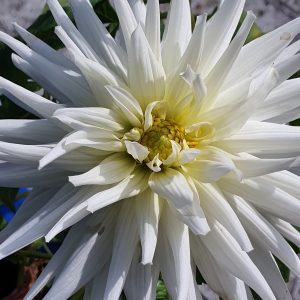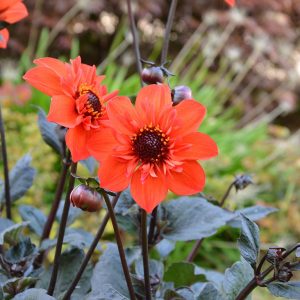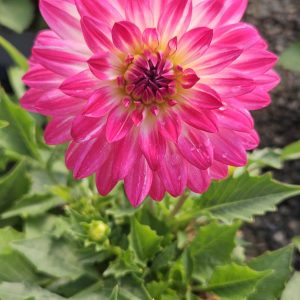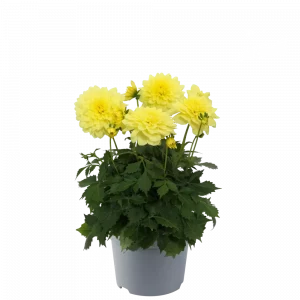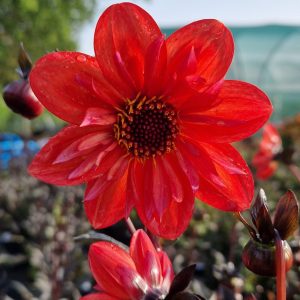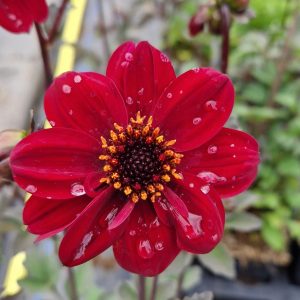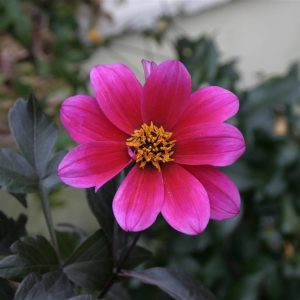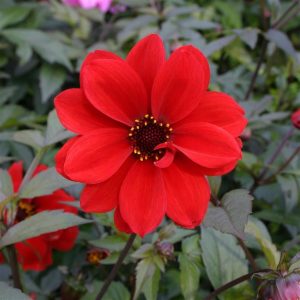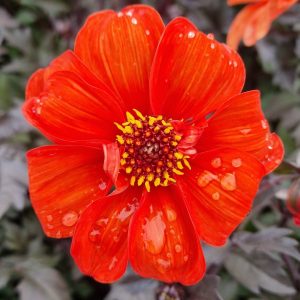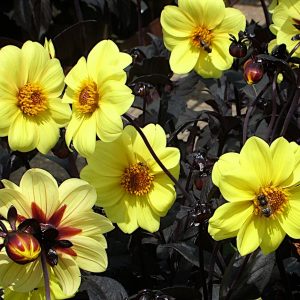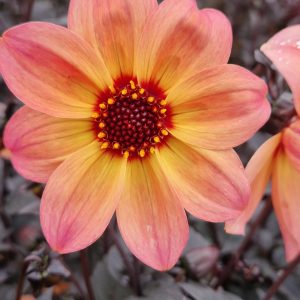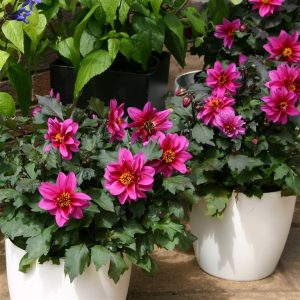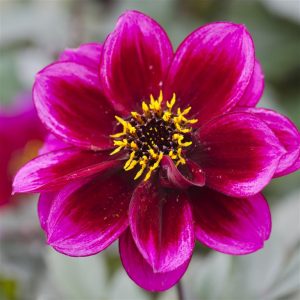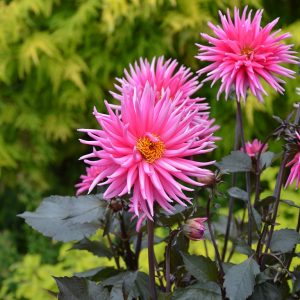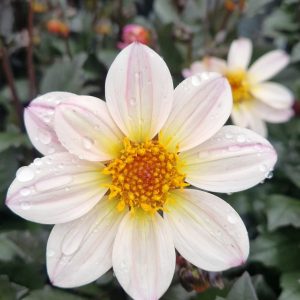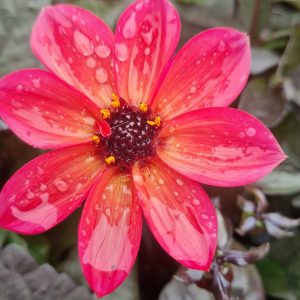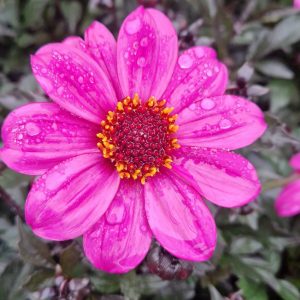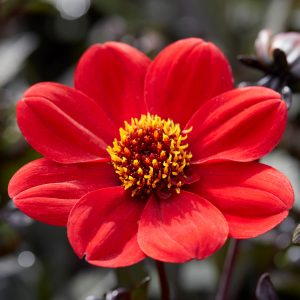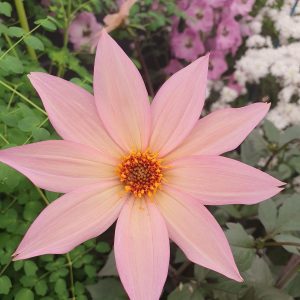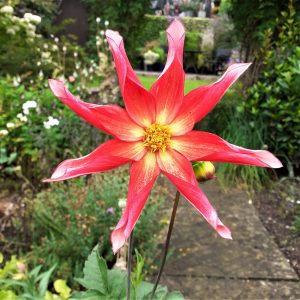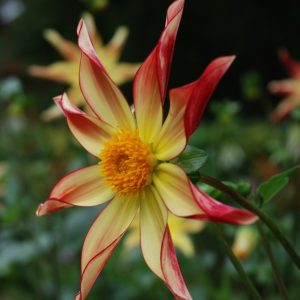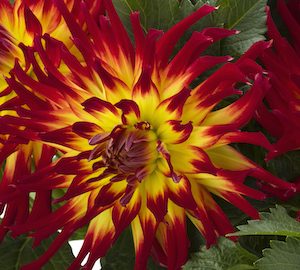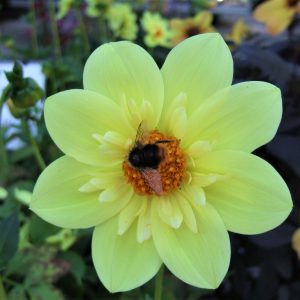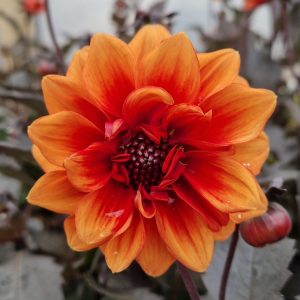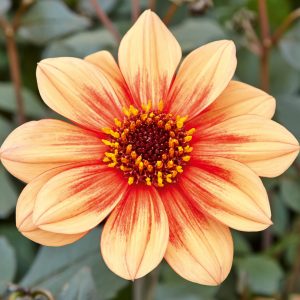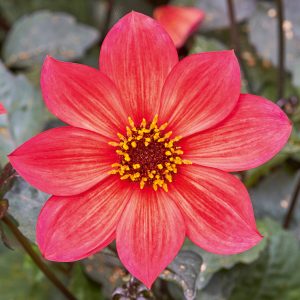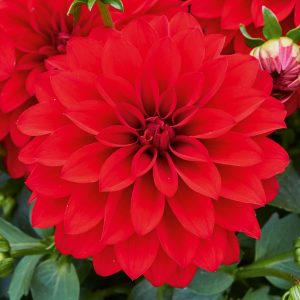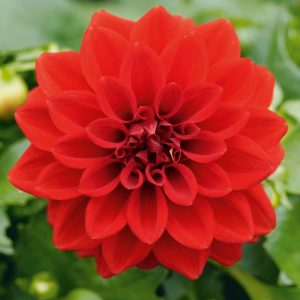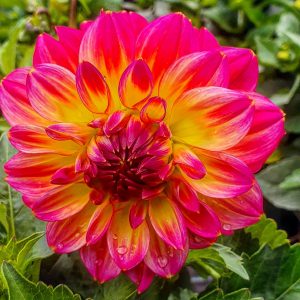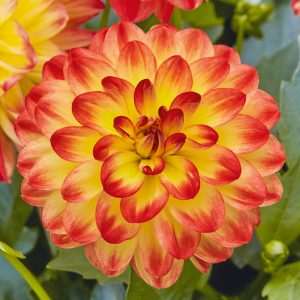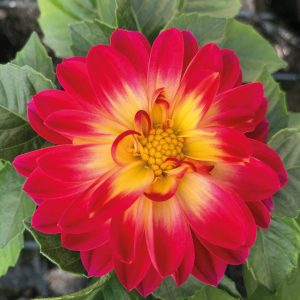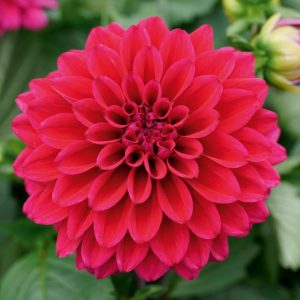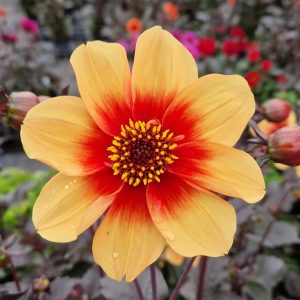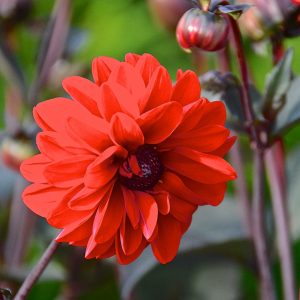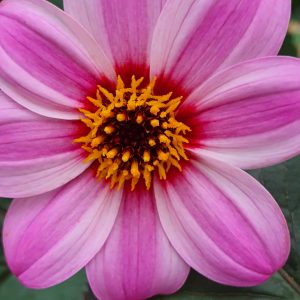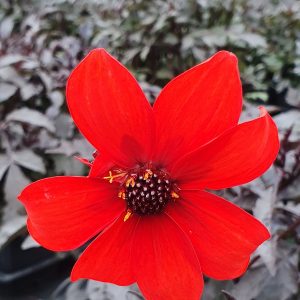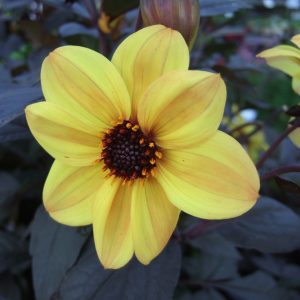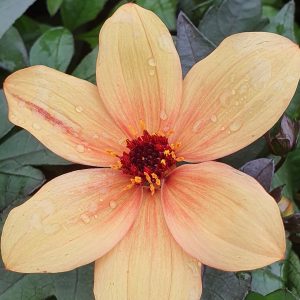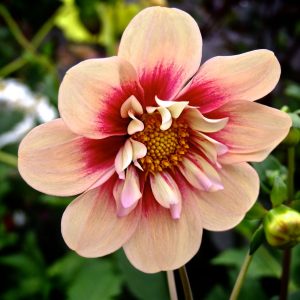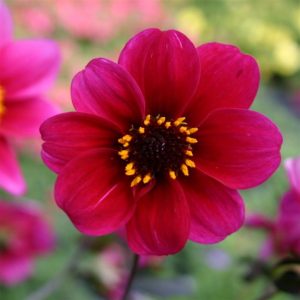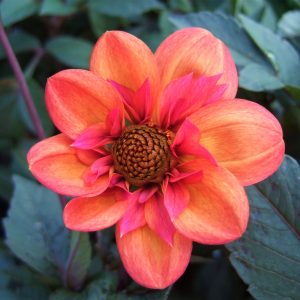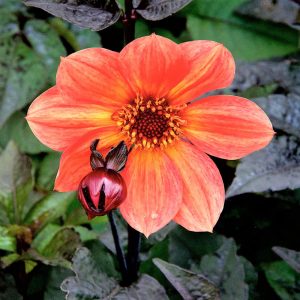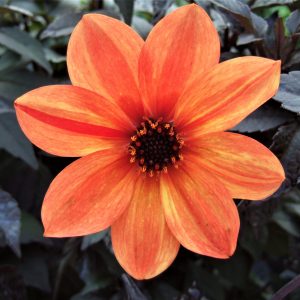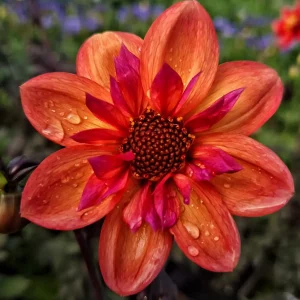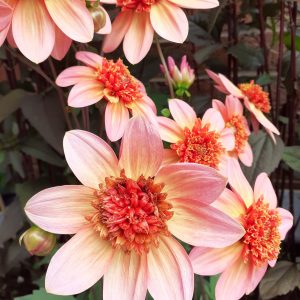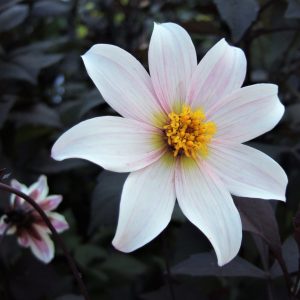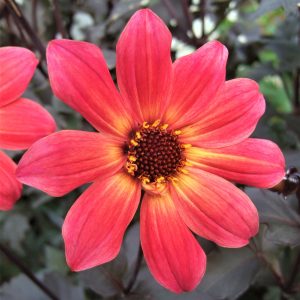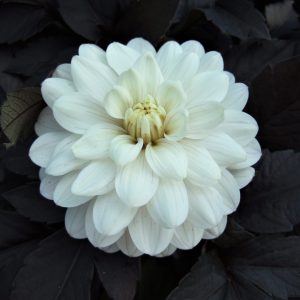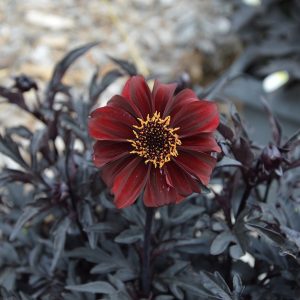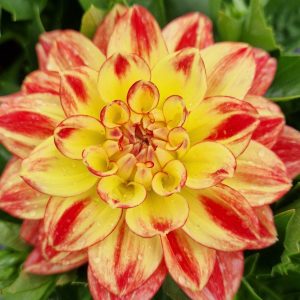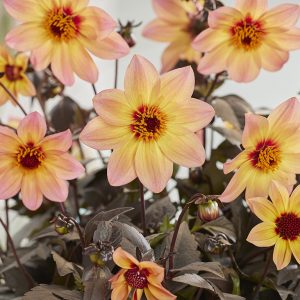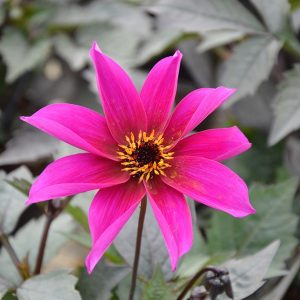Dahlias are vibrant and versatile flowers that add a burst of colour to your garden. Follow this comprehensive planting guide to ensure the successful cultivation of your Dahlia plants:
Site Selection
Sunlight Requirements: Plant Dahlias in a location that receives full sun. They thrive in at least 6-8 hours of direct sunlight daily.
Soil Conditions: Choose well-draining soil with a slightly acidic to neutral pH. Sandy loam enriched with organic matter is ideal for Dahlias.
Planting Time
Optimal Timing: Plant Dahlia tubers or plants after the last frost when the soil has warmed up. This is typically in late spring.
Planting Process
Prepare the Soil: Work the soil to a depth of 12-15 inches, incorporating compost or well-rotted manure for added fertility.
Tuber Placement: If planting tubers, place them horizontally about 4-6 inches deep. Space multiple tubers at least 12-24 inches apart.
Planting Depth: If planting potted Dahlias, set them in the ground at the same depth as they were in the pot.
Watering
Consistent Moisture: Keep the soil consistently moist, especially during dry periods. Dahlias benefit from deep, regular watering.
Mulching
Organic Mulch: Apply a 2-3 inch layer of organic mulch around the plants. Mulch helps retain soil moisture, suppress weeds, and regulate soil temperature.
Fertilisation
Balanced Fertiliser: Use a balanced, all-purpose fertiliser when planting and during the growing season. Follow package instructions for application rates.
Support
Staking: Dahlias may require staking, especially for taller varieties. Install stakes at planting time or when the plants are about 12 inches tall.
Pruning
Pinching: Pinch back the growing tips when the plants are about 12-18 inches tall to encourage bushier growth and more flower production.
Deadheading
Regular Removal: Remove spent flowers regularly to encourage continuous blooming. Deadheading also redirects energy into producing new blooms.
Winter Storage (for tubers)
Dormancy Period: After the first frost, allow the foliage to die back naturally. Once the foliage is brown, carefully dig up the tubers, let them dry, and store them in a cool, dry place for winter.
Adaptation
Monitor and Adjust: Regularly monitor the overall health of your Dahlias. Adjust care practices based on specific growing conditions and be prepared to address any adverse effects promptly.
Pests and Diseases
Inspect Regularly: Keep an eye out for pests such as aphids and spider mites. Monitor for signs of diseases and treat promptly if needed.
Enjoy the Blooms
Appreciate the Colours: Dahlias come in a variety of shapes and colours. Take time to appreciate the diverse and stunning blooms they produce.
By following this guide, you’ll establish a healthy and vibrant Dahlia. Adapt care practices based on your specific growing conditions and enjoy the spectacular display of colours that Dahlias bring to your landscape.



